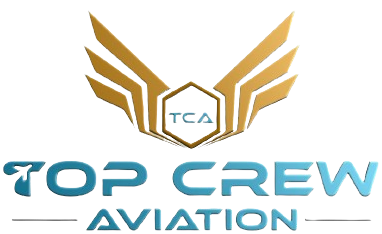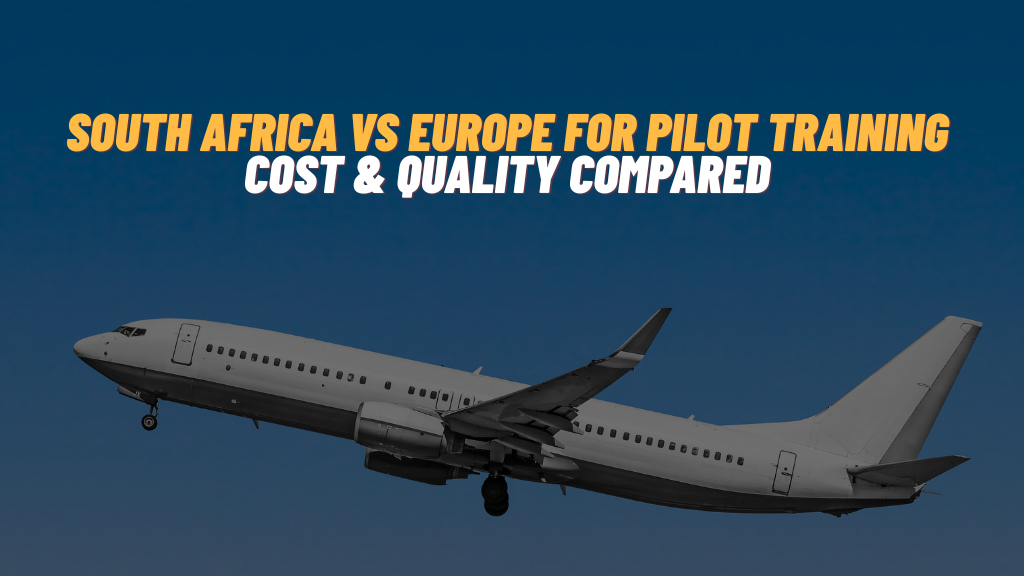Choosing the right destination for pilot training is one of the most important decisions for aspiring aviators. With numerous flight schools available worldwide, South Africa vs Europe for Pilot Training is a common debate among students. Both regions have their advantages and disadvantages when it comes to cost, training quality, lifestyle, and career opportunities. This blog will help you compare both options to make an informed choice.
Overview: South Africa vs Europe for Pilot Training
Pilot training is a significant investment, both in terms of time and money. The decision between South Africa and Europe can shape not only your learning experience but also your career trajectory. Key factors to consider include:
- Cost of training
- Quality of instruction and infrastructure
- Weather and flying conditions
- Duration of training
- Living expenses
- Career opportunities post-training
Let’s break down each factor to understand the real differences.
Cost Comparison: South Africa vs Europe
South Africa
One of the biggest advantages of training in South Africa is affordability. A Commercial Pilot License (CPL) in South Africa typically costs between $40,000 and $70,000, depending on the school and package. The lower cost includes flight hours, ground school, and some accommodation options. Moreover, the cost of living in South Africa is comparatively lower, which can further reduce overall expenses for international students.
Europe
In contrast, Europe is significantly more expensive. A CPL program in Europe can range from €50,000 to €100,000. Additional costs include accommodation, food, and other living expenses, especially in cities like London, Paris, or Berlin. While the training is top-notch and EASA-certified, the overall financial commitment is higher.
Verdict: If budget is a primary concern, South Africa clearly wins in terms of affordability.
Weather and Flying Conditions
South Africa
South Africa is known for its favorable weather conditions, with over 300 flying days annually. This ensures that students can complete their flight hours consistently without significant weather-related delays. The clear skies and sunny conditions also provide a safer learning environment for new pilots.
Europe
Europe experiences more variable weather, especially in Northern and Western regions. Frequent rain, snow, or low visibility can cause flight delays, potentially extending training duration. While this variability can be beneficial in training pilots to handle diverse conditions, it may also slow progress for students aiming to complete their CPL quickly.
Verdict: For faster completion and consistent flying hours, South Africa has the edge.
Quality of Training
South Africa
Flight schools in South Africa are SACAA-approved (South African Civil Aviation Authority), ensuring high standards of safety and training. Schools like SafeFly Express, Johannesburg School of Flying, and CAP Aviation Academy offer structured programs with experienced instructors. SACAA licenses are internationally recognized, allowing graduates to convert their license to other countries, including Europe and the Middle East.
Europe
Europe offers EASA-certified training, recognized across all European countries and many parts of the world. The region is home to some of the most prestigious flight schools, offering state-of-the-art simulators and advanced training programs. European training focuses on a strong theoretical foundation and exposure to busy airspace, which is beneficial for pilots aiming to join major airlines in the region.
Verdict: Both South Africa and Europe provide high-quality training, but Europe may offer slightly more exposure to complex airspace scenarios.
Read Also – Scholarships for Indian Students in South African Flying Schools
Training Duration
- South Africa: Typically, CPL training can be completed in 12–13 months due to favorable weather and efficient scheduling. Accelerated programs may even allow completion in less than a year.
- Europe: Training durations can be longer, usually 14–18 months, influenced by weather interruptions, regulatory requirements, and flight school scheduling.
Verdict: South Africa offers a quicker path to becoming a commercial pilot.
Living Expenses and Lifestyle
South Africa
The cost of living in South Africa is relatively low. Accommodation, food, transport, and leisure are more affordable, making it easier for international students to manage their budget. The lifestyle is also vibrant, with access to beautiful landscapes and recreational activities outside training hours.
Europe
Living expenses in Europe are high, especially in major cities. Rent, food, transport, and healthcare costs can significantly add to the overall expenditure. While the lifestyle is cosmopolitan, it may not suit students on a tight budget.
Verdict: South Africa is more budget-friendly for living expenses.
Career Opportunities
South Africa
While South Africa has a smaller aviation market compared to Europe, the affordable training cost allows students to explore international airline opportunities. Graduates often convert their SACAA license to EASA or FAA licenses to work globally.
Europe
Europe offers abundant local airline opportunities with numerous regional and international carriers. EASA licensing ensures smooth eligibility for most European airlines, giving students easier access to employment after training.
Verdict: For local career opportunities, Europe is advantageous, while South Africa is ideal for students seeking global options.
South Africa vs Europe for Pilot Training – Side-by-Side Comparison
| Factor | South Africa | Europe |
| Training Cost | $40,000–$70,000 | €50,000–€100,000 |
| Weather & Flying Days | 300+ days, favorable | Variable, winter delays possible |
| Training Duration | 12–13 months | 14–18 months |
| Quality of Training | High, SACAA-approved | High, EASA-certified |
| Living Expenses | Low | High |
| Career Opportunities | International focus | Local and regional focus |
Conclusion
Choosing between South Africa vs Europe for Pilot Training ultimately depends on your priorities:
- Choose South Africa if you want cost-effective training, a shorter duration, and consistent flying conditions. It’s perfect for students who want to train efficiently and explore international opportunities post-training.
- Choose Europe if you aim for extensive local airline opportunities, advanced infrastructure, and EASA-certified training with exposure to busy airspace, despite higher costs and longer training duration.
Both regions offer excellent training quality. Evaluating your budget, career goals, and lifestyle preferences will help you make the best choice.
For more detailed guidance on international pilot training and course comparisons, visit Top Crew Aviation Blog. They provide expert insights, success stories, and updated information for aspiring pilots worldwide.


